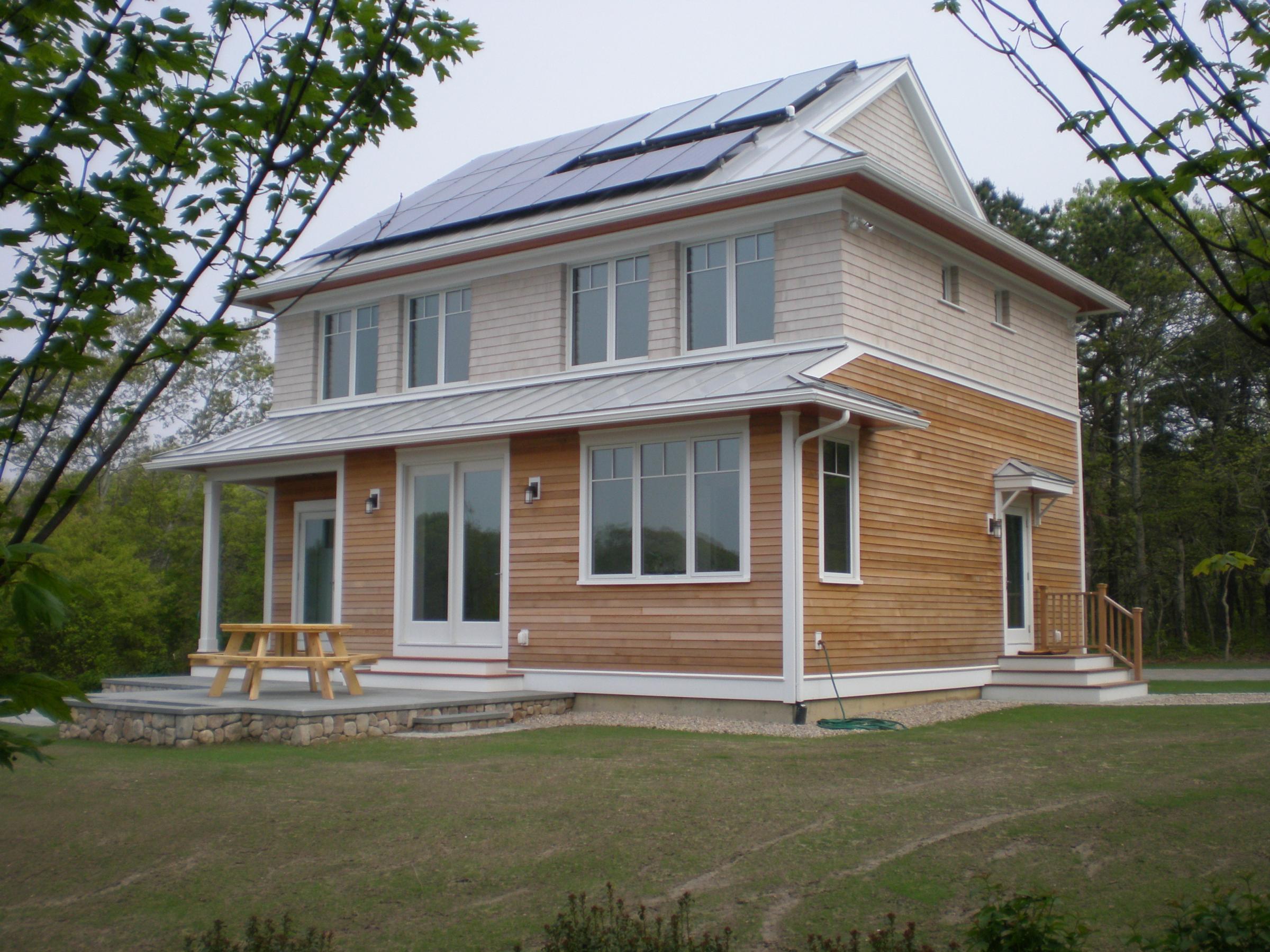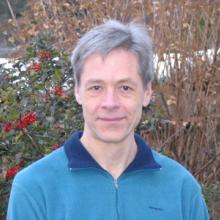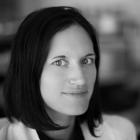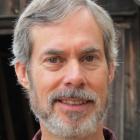
Passive House Design
A Response to Climate Change
Tuesday, March 31, 2015
The energy crisis of the 70's kicked off a renewed interest in using energy directly from the sun to heat our homes. Energy prices soon retreated, as did most, but not all interest. Less expensive fossil fuel energy catalyzed our economy, further increasing energy consumption. Some looked to the future and predicted peak oil. Others looked further into the future and realized the real problem would not be running out of fossil fuel based energy too soon, but too late.
Passive House is a German building design standard with technical origins in the US ‘passive solar’ experiments of the ‘70’s, intended as a direct response to climate change, by capping annual energy consumption, with the side effect of resilience to disruption of the grid by the forces of the changing climate. Germany embraced the Passive House standard by creating substantial subsidies for each square meter constructed to the standard. This has catalyzed their local industries to create advanced windows, mechanicals, insulation, and air sealing systems, which have become the ‘new normal.’ They are now in the position to export these technologies, further bolstering their economy, while providing a desirable path to greenhouse gas reduction and energy independence. The movement in Europe continues to expand, Belgium has adopted a variant of the Passive House standard as building code.
The mission of the Northeast Sustainable Energy Association – is to promote sustainable energy practices in the built environment. The NESEA Building Energy Masters Series is an extraordinary series of online educational opportunities for all interested in outstanding buildings. These courses run the gamut from the underlying physical principles which should (but so often are not) used to design, construct and commission our buildings, to ‘keeping track’ of what actually happens to the energy and indoor environment. These extraordinary learning opportunities include Marc Rosenbaum’s popular Zero Net Energy Design, and the newest offering from Andy Schapiro - Building Energy Analytics.
 Passive House Design, another Building Energy Masters Series course beginning next on May 4, 2015, explores the history, development and practical application of the refinement of the passive solar design ‘experiments’ of the ‘70’s, into the Passive House Standard. In the US, William Shurcliff, a physicist at Harvard, analyzed and documented a wide variety of passive solar homes, but popular interest soon waned. In Germany, Dr. Wolfgang Feist, another physicist, leveraged Shurcliff’s foundational work to create the Passive House standard, which has been used to construct tens of thousands of highly efficient homes in Europe.
Passive House Design, another Building Energy Masters Series course beginning next on May 4, 2015, explores the history, development and practical application of the refinement of the passive solar design ‘experiments’ of the ‘70’s, into the Passive House Standard. In the US, William Shurcliff, a physicist at Harvard, analyzed and documented a wide variety of passive solar homes, but popular interest soon waned. In Germany, Dr. Wolfgang Feist, another physicist, leveraged Shurcliff’s foundational work to create the Passive House standard, which has been used to construct tens of thousands of highly efficient homes in Europe. The Passive House standard rigidly constrains annual energy use, and relies upon the principles of detailed quantification and control of heat and energy flows. It is so challenging to achieve in colder climates that the locations of windows, and where hot water is used, must be carefully considered in the floor planning stage - this was the topic of a free webinar promoting Passive House Design. We cover the impacts of the basic design form, including single story and two story, using homework quantifying the consequences of these choices, which are neither obvious nor intuitive. Thermal bridging is addressed by video and homework illustrating how the value of inches of insulation can be destroyed by poorly conceived design or construction. With some basic physical principles in hand, we survey the types of building assemblies applicable to realizing a Passive House. Another free lecture, All About Windows, explores how this most critical component of a Passive House is designed, specified and used to advantage by design choices which cannot be left to those unaware of the implications. With the additional investment in the building envelope, space heating, cooling and DHW mechanicals can be simplified. A continuously operating ventilation system is a new concept in homes, but delivers consistent high indoor air quality, also new to existing homes. Case studies provide insightful perspective from real world experience.
The capstone project is the challenge of designing a Passive House that meets the stringent space heating and primary energy criteria. Students design a simple home, making decisions on floor-planning, windows, insulation, mechanicals and renewable energy using feedback from PHPP Lite – a simplified interface to the complex Passive House Planning Package that is used to design and certify Passive House. Those completing this project gain knowledge and experience from which they will never look back. This knowledge can be directly applied to any new home design.
Our Mission
NESEA advances sustainability practices in the built environment by cultivating a cross-disciplinary community where practitioners are encouraged to share, collaborate and learn.





Add comment